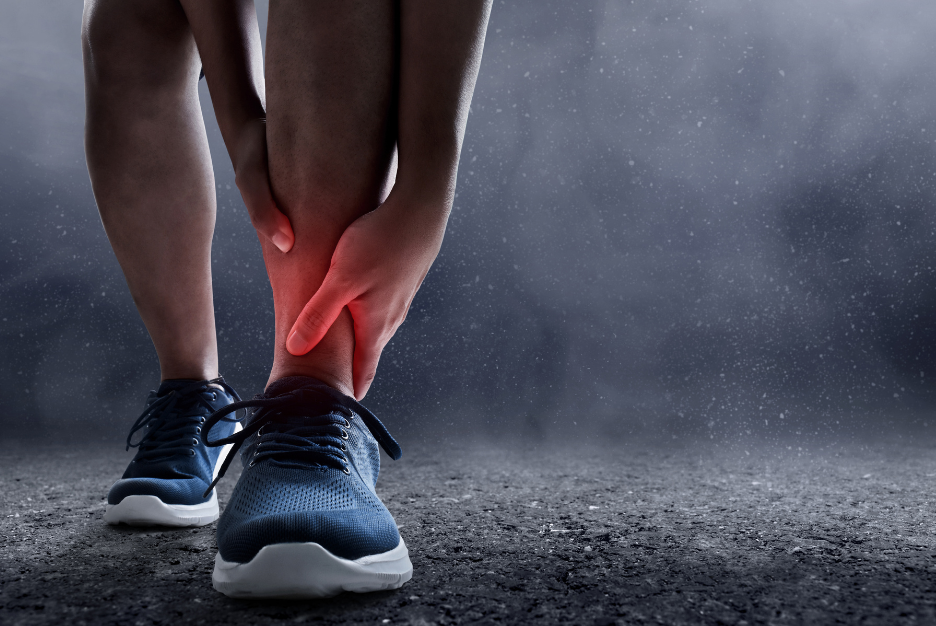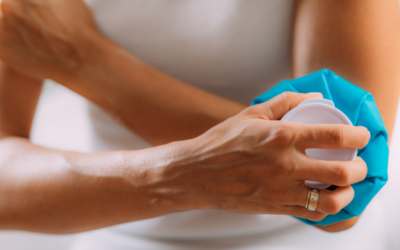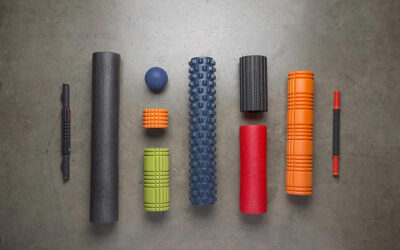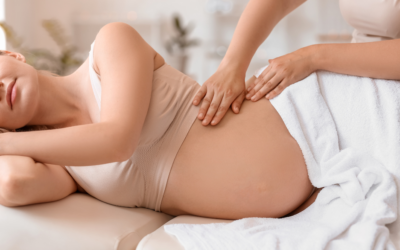You may well have heard your Physiotherapist, Therapist or Doctor mention Inflammation when you have suffered an injury such as ankle sprain, knee ligament injury, back pain or even surgery but what is it? What is purpose of the inflammatory process and what does it mean for your injury? Read on to find out more…

An inflammatory response is usually initiated in a soft tissue when it is exposed to an excessive load that it is not usually used to (Solomonow 2009). In the case of a ligament, this can be a stretch type load when a joint is stressed beyond its limits.
The inflammatory response can be broken down into various stages which may slightly overlap. Watson (2003) describes 4 stages: bleeding, inflammation, proliferation, and remodelling. Initially whether it be a wound on the skin or damage to a ligament, this may well last for a few hours or more depending on the severity of the injury. This along with the subsequent stages all aim to clear away debris or dead cells and lay down new collagen and scar tissue to heal and repair the injured area (Watson 2003).
The inflammatory phase is one of the most important phases in tissue healing and is one that there has been much research into how it can be controlled and even inhibited with interventions such as prolotherapeutic and steroid injections respectively (Hauser & Dolan 2011). This stage includes an initial vasoconstriction of the blood vessels followed by a prolonged vasodilation for the rest of the inflammatory phase in order to increase the flow of the necessary chemical mediators, proteins, growth factors and mast cells to the injured area (Watson 2003). Polymorphonucleocytes (PMN’s) other phagocytic cells act to clean away debris and dead tissue while also releasing lactic acid which acts to stimulate proliferation and the next stage of the process (Watson 2003).
The proliferation phase then involves fibroblasts and endothelial cells moving into the damaged area, proliferating and laying down granulation tissue which will eventually form mature scar tissue. Blood flow is also gradually restored by the budding and growth of new capillaries from those already existing around the area (Watson 2003). The initial fibres are laid down in random orientation and are predominantly made of weaker type III collagen. Although this will eventually be remodelled into the stronger type one type collagen, the injured tissue or ligament will never regain its full strength (Frank et al 1999).
As its name suggests, the remodelling phase involves the remodelling of the scar tissue by improving its orientation in line with stress improving its strength and organisation. The overall strength of the ligament or tissue is also enhanced by the absorption of the type III collagen fibres that are then replaced by the more fit for purpose type I fibres. This phase has been reported to start within 1-2 weeks of the initial injury and can continue for a year or more depending on the severity of the injury and what further stresses are placed upon it (Watson 2003).
Overall, while the initial phases such as bleeding, inflammation and proliferation run their course in a matter of weeks, the process of remodelling can continue for up to 2 years as the body continuously turns over and tries to improve the collagen makeup and tensile strength of the affected tissue.
If you have any questions or would like help with your injury, then don’t hesitate to get in touch at info@physicahealth.co.uk or book a consultation with us online at www.physicahealth.co.uk
References:
Frank CB, Hart DA, Shrive NG 1999 Molecular biology and biomechanics of normal and healing ligaments – a review. Osteoarthritis and Cartilage 7: 130-140
Hauser RA & Dolan EE 2011 Ligament Injury and Healing: An Overview of Current Clinical Concepts. Journal of Prolotherapy 3(4): 836-846
Solomonow M 2009 Ligaments: a source of work-related musculoskeletal disorders. Journal of Bodywork and Movement Therapies 13: 136-154
Watson T 2003 Soft Tissue Healing. In Touch 104:2-9




0 Comments